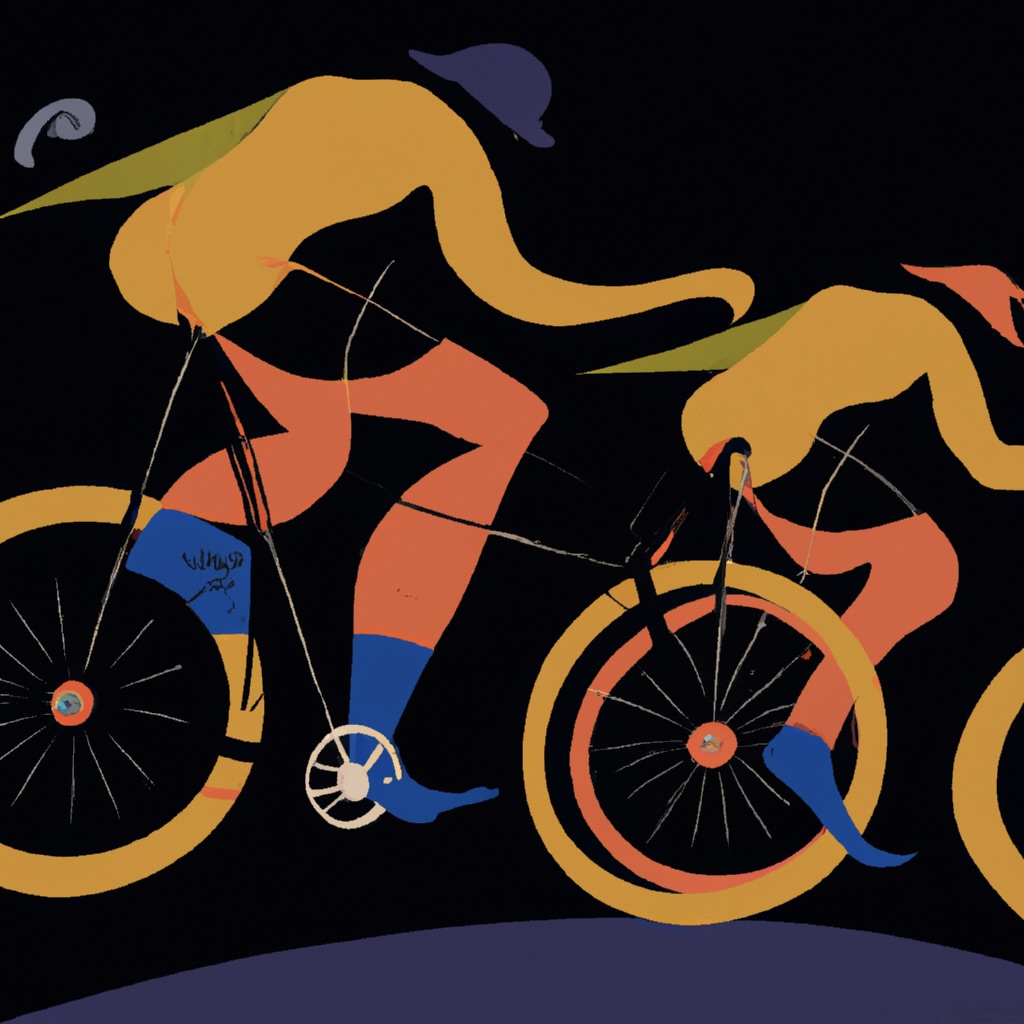
Learn about the gearing system proposed by Sheldon Brown
Crank arm length is often overlooked on a bicycle. This article aims to explain what gain ratios are, how they're calculated, and when they're useful.
What are gain ratios?
Gain ratio is the ratio of the distance of pedal travel to the distance of wheel travel. It was orignally proposed by Sheldon Brown and has since gained traction as a more universal system to designate gearing of bicycles.
How are gain ratios calculated?
This system is the most demanding to calculate, but thanks to BikeCalc it has become easier than ever before. It's expressed as a ratio and thus any measurement units may be used, as long as the same is used for measuring the wheel radius and crank arm length.
Gain ratios can be calculated from the following formula, where TT stands for tire thickness, WR for wheel radius, CAL for crank arm length, GR for gear ratio, and GN for gain ratios.
Where can measurements be found?
The thickness of the tire is measured across its tread, and the diameter of the rim is measured up to its bead, then divided by two to get the radius. A marking can also be found printed on the sidewalls of the tire. To learn more about tire sizes, please visit our articles covering the individual sizing systems.
The length of the crank arm is measured from the center of its pedal to the center of your bottom bracket. There should also be a marking found engraved on the interior of the arms.
When should gain ratios be used?
Gain ratio is the most versatile system when it comes to comparing gearing on bicycles. It takes into equation different tire widths, rim diameters, and crank arm lengths. It's recommended to use gain ratios prior to changing the wheel size or crank arm length.
Which other gearing systems exist?
There exists several other systems, each with their advantages and drawbacks. To learn more about these gearing systems, please visit our articles covering each topic individually.
Why does BikeCalc provide all gearing systems?
BikeCalc tries to cater for all cyclists and modern bicycles. We realize that no system is better than an other, only some are better suited in certain circumstances; and it's up to the end-user to decide which one is most appropriate for their specific use case.